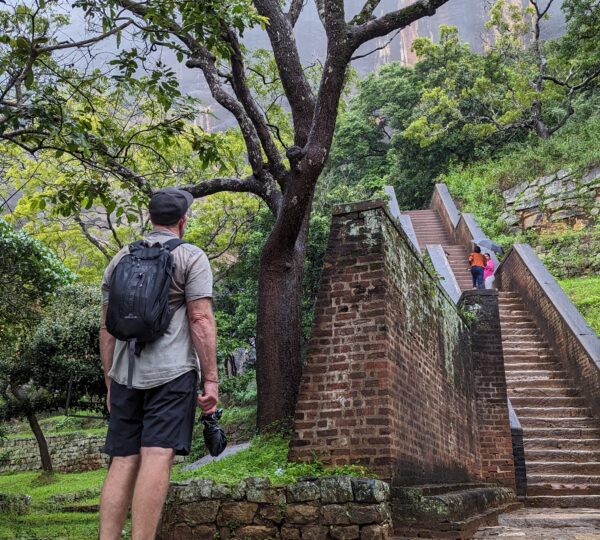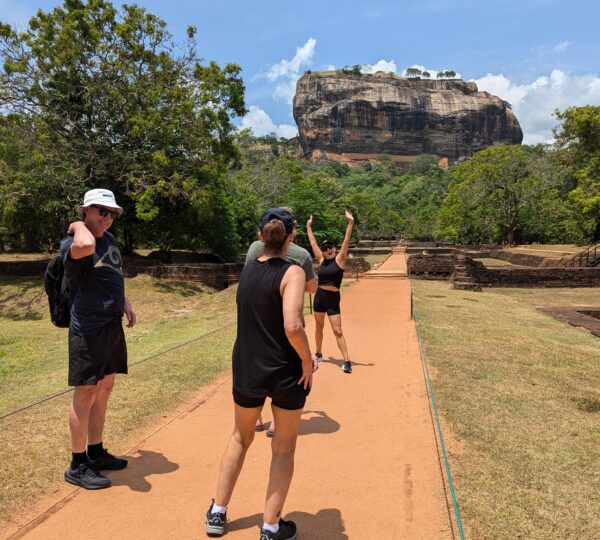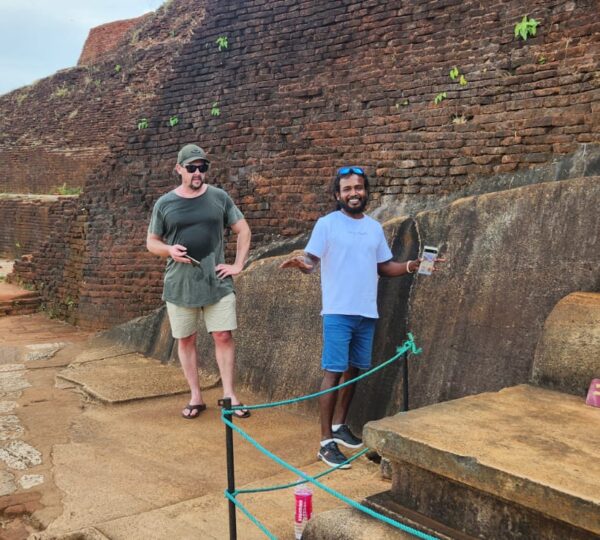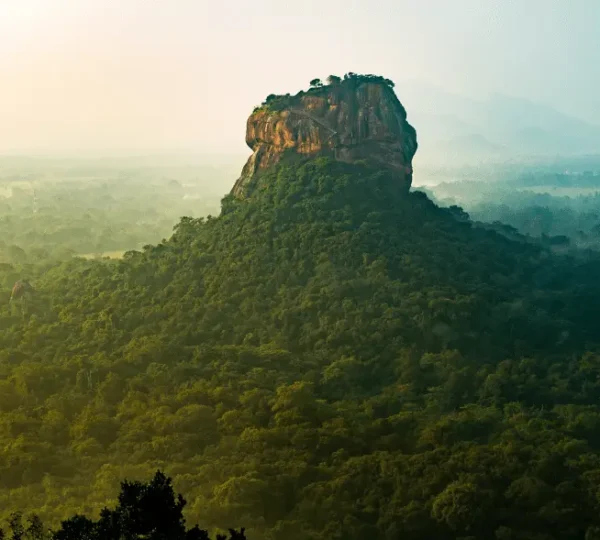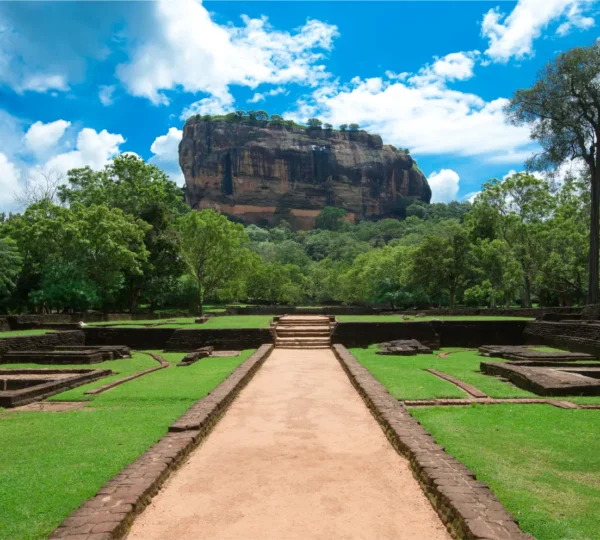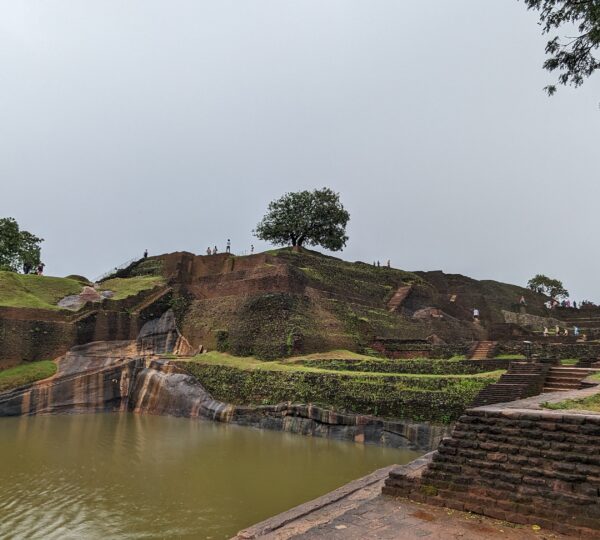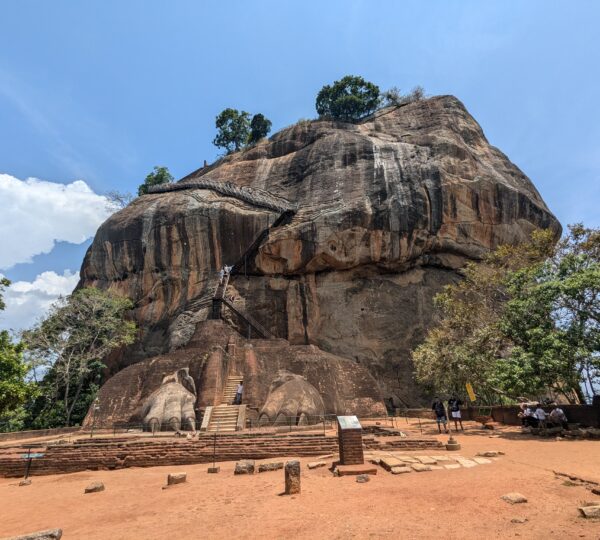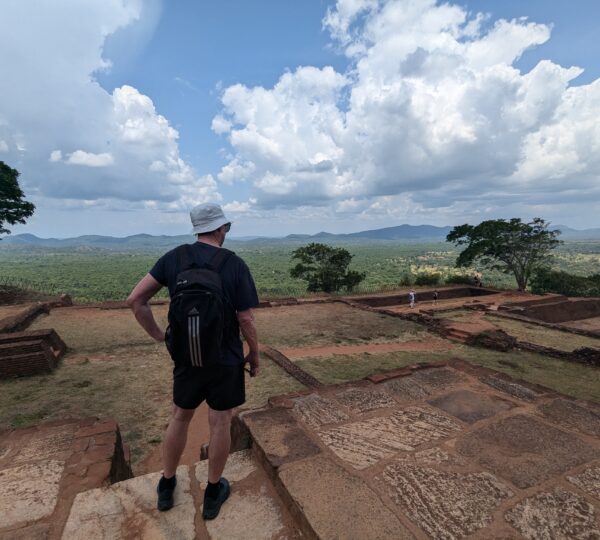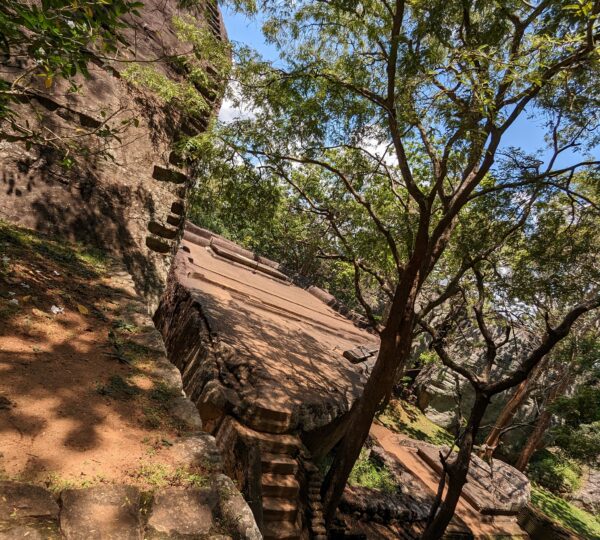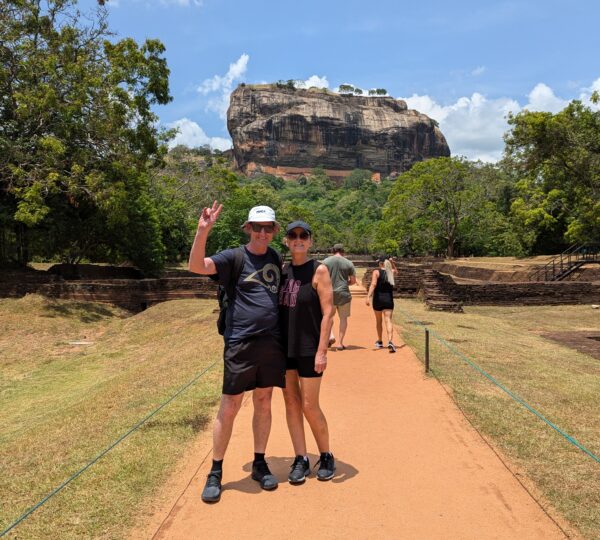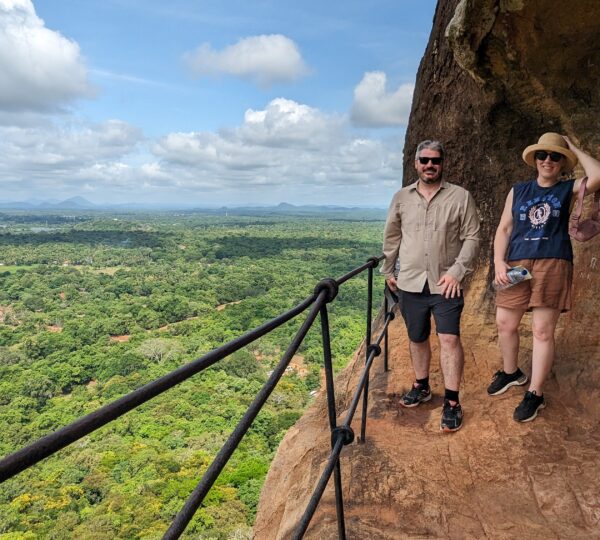Sigiriya: The Crown Jewel of Sri Lanka’s Ancient Heritage
From
Duration
Tour Type
Explore Tours
Sigiriya, often referred to as the “Eighth Wonder of the World,” is an iconic landmark in Sri Lanka, recognized for its stunning rock fortress and archaeological significance. Here’s
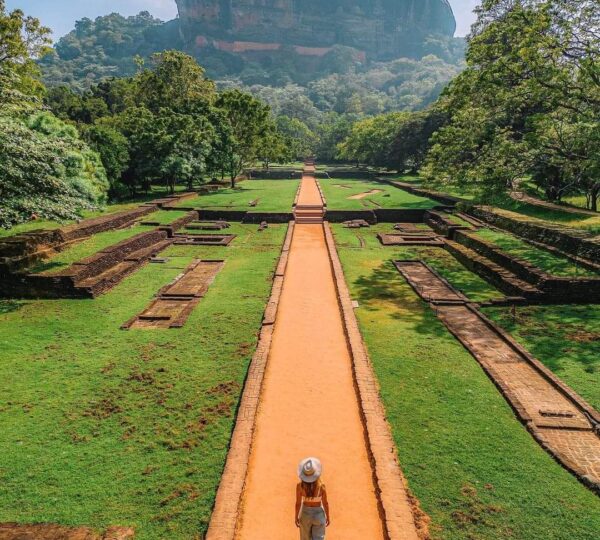
Ceylon harmonic
a detailed look at Sigiriya
Included/Exclude
Tour Plan
- Location : Situated in the Matale District, Central Province, Sri Lanka.
- UNESCO World Heritage Site: Declared in 1982 for its historical, architectural, and cultural importance.
- Historical Significance: The rock fortress was built in the 5th century CE by King Kashyapa as a royal palace and later became a Buddhist monastery.
- Population : Sigiriya itself is not a densely populated urban area but rather a small village that thrives on tourism and agriculture. The surrounding population is estimated to be around 1,000–2,000 people, primarily residing in rural settings.
- Prehistoric Era
- Evidence suggests that Sigiriya was inhabited as early as the prehistoric period, with rock shelters and caves used by monks during the 3rd century BCE.
- King Kashyapa’s Legacy
- The fortress was built in 477 CE by King Kashyapa (477–495 CE), who seized the throne from his father and sought to establish a secure and grand residence.
- The site was strategically chosen for its natural defensive advantages, with its towering 200-meter-high rock providing a vantage point against enemies.
- Sigiriya served as Kashyapa’s royal palace and administrative hub until his death in 495 CE.
- Post-Kashyapa Period
- After Kashyapa’s demise, Sigiriya was abandoned as a palace and transformed into a Buddhist monastery until the 14th century
- Tourism: A magnet for travelers and a must-visit in Sri Lanka’s Cultural Triangle, Sigiriya draws thousands of visitors annually.
- Community: The surrounding area is home to a small, tourism-driven community offering lodging, tours, and local crafts.
- Research and Conservation: Sigiriya remains a site of ongoing archaeological study and conservation efforts.
- The Rock Fortress
- Rising approximately 200 meters (660 feet) above the surrounding plains, the rock itself is a monolithic formation of hardened magma from an extinct volcano.
- Palace on the Summit
- The flat-topped summit housed the king’s palace, featuring ponds, throne platforms, and cisterns carved into the rock.
- The Frescoes
- The western face of Sigiriya is adorned with paintings of ‘Sigiriya Maidens,’ thought to depict either celestial nymphs or Kashyapa’s consorts. These frescoes are celebrated for their vibrant colors and artistic finesse.
- The Lion’s Gate
- The iconic Lion Staircase at the northern entrance once featured a massive lion statue, symbolizing power and strength. Today, only the lion's paws remain.
- Water Gardens and Hydraulic Systems
- Sigiriya’s lower levels feature an intricate system of water gardens, moats, and terraces, reflecting advanced engineering and aesthetic landscaping.
- Some fountains in the garden still function during the rainy season, showcasing ancient hydrological expertise.
Related Tours
Review Scores
No reviews yet
5.00
Average Rating

